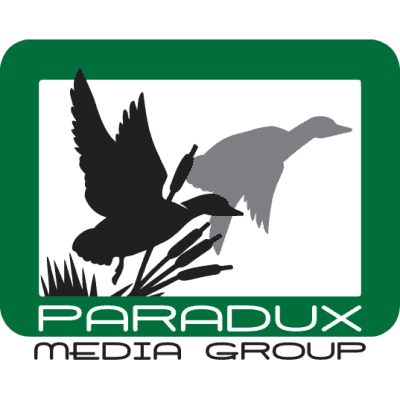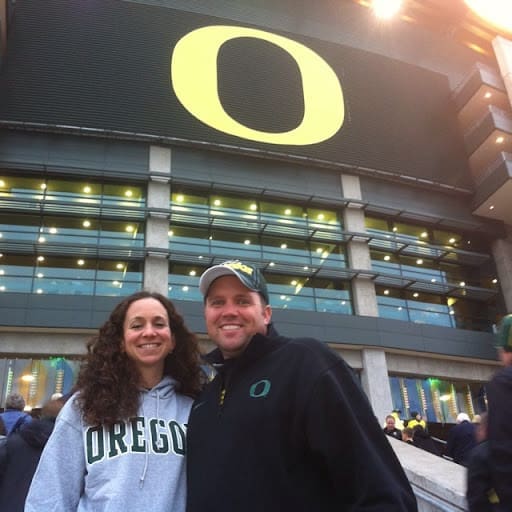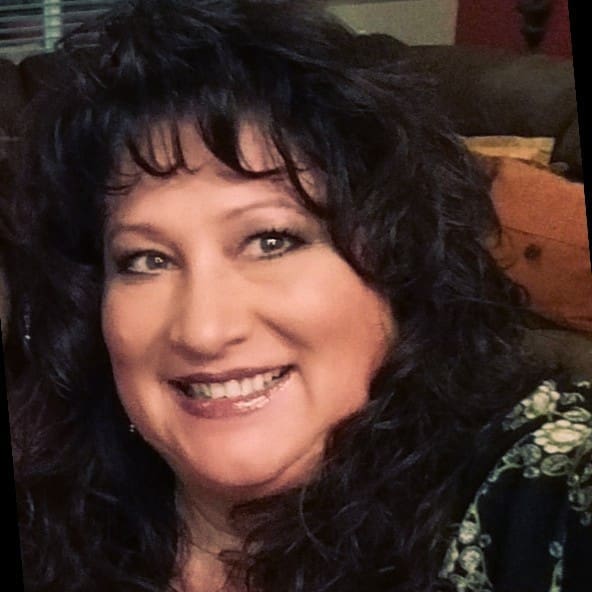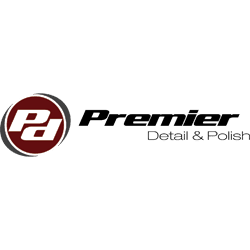Brace yourselves. The topic of this blog that I’m about to delve into, head first, is somewhat obscure. In fact, if you’ve ever had an in-depth discussion with someone in marketing, you know exactly what I mean:
What do you do?
“I’m in marketing.”
What do you do in marketing?
“I do Google stuff.”
On-page and off-page SEO (search engine optimization) falls into the realm of Google stuff. Both related to the actions you take with your website on the internet to bring in website traffic.
Off-page SEO doesn’t look pretty, or do a little dance for you on your birthday. It just sits behind the scenes and quietly gets you found on the internet day after day, week after week. And, therefore, it’s kind of a big deal.
You should think of off-page SEO as the back-end of your website. It includes, but is not exactly limited to:
- Title, H1 and meta tags
- Graphic alt text
- Usability design elements (UXP)
- Keyword-formatted URLs
- New content relevancy
- Indexing
- Internal linking
- XML Sitemap
- Robots.txt file
- 301 redirects
- Website load times
And now you understand why we titled this blog, “What the heck is … “right? The words and formatting of the above list tell the Google spiders what your website is about.
The keyword marketing suggestions that you’re often inundated with become important since they are integrated behind the scenes at your website. A page titled, ‘Home’ or ‘About Us’ doesn’t assist in getting your business found (behind the scenes) it has to say, ‘Jack’s Plumbing Home Page.’
For most of the above list, your web designer will worry about getting it right (i.e. graphic alt text is the way you title the image (with keywords) in order to upload it into your website.)
On-page SEO, however, falls almost completely into the hands of you – the person who creates the content. The big cheese. The giant enchilada.
These will include but are not limited to:
- Back-linking / inbound linking
- Article directory submissions
- Commenting on related blogs and forums
- Social network marketing
- SEO-friendly directory participation
- Press releases
- Optimized video
Nope, we aren’t even done yet:
- RSS feeds / blogs / continual fresh content
- Paid linking
- Affiliate marketing
- Ads with keyword linking
- Pay-per-click campaigns
- Contests
- Viral marketing strategies
This list is in no way complete. For example, a viral marketing strategy may combine about three of the other techniques in order to bring in traffic to your website. Wow, right?
So, in a nutshell, off-page and on-page SEO are the two major channels that your website optimization will fall into. The combined efforts of the two will elevate your website onto a higher page of Google SERPs (search engine results pages).
Next, we’re going to look at the strategy you can develop (ok, honestly, it’s just way easier to hire a marketing agency) to make offn-page and on-page SEO work for you.
- Published: February 10, 2014
- Author: Elspeth Misiaszek
- Blog: Marketing Intelligence Report
- Category:
- Tags: google, Internet marketing, marketing, marketing strategy, Press Release, promotion, Public Relations, search engine optimization, SEO, Web Design and Development, Web search engine, website
- Comments:
Quacktastic Reviews:
Excellent team to work with! Mike and Tisha are fantastic at coming up with new ideas while staying true to my companies vision, values, and…

Operating a restaurant and bar is hard enough. It demands wearing many hats. Promotions and marketing is not one of them any longer since we…











Can not recommend this team enough. What started as a one-time website re-design has evolved into Paradux handling the vast majority of our marketing. Business…











We would not be able to run as smoothing, quickly, or efficiently if it was not for Paradux Media Group. Tisha and team is hands…











Recently, I had the opportunity to work with Paradux Media on a website build, and I just couldn’t have been happier with the process and…











Mike and his team are well known within the region and marketing community as an insightful industry leader. If you are looking for a Marketing…











Paradux Media is a very professional group, and they know what they’re doing. Whether they are placing buys for clients, or producing high-quality TV spots,…











Paradux helped build my business in all capacities. Without them, I would never have had the resources and ability to get so much accomplished –…











Mike, Tisha, and the team can build you anything you want for your company or small business. Very knowledgeable and easy to work with. They…











As a long-time client of Paradux, I can confidently say that their creative team is one of the best in the business. They consistently produce…





















